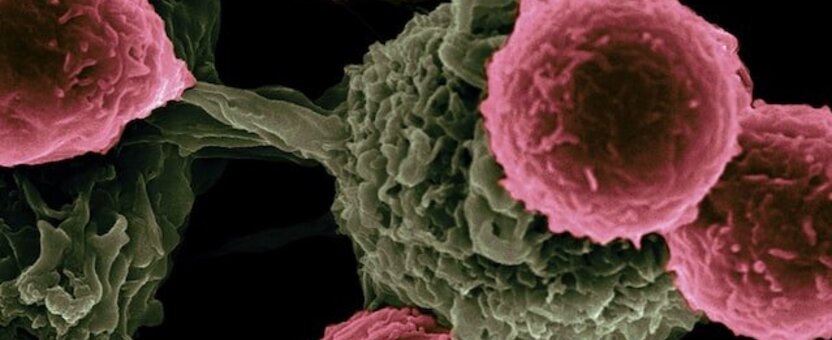
2022
What’s new
Cancer and Chemicals
Like most cancer researchers, I was initially quite skeptical of the importance of environmental factors in causing cancer. But several years ago, the President’s Cancer Panel, of which I was a member, did a year-long study of this issue, which dramatically changed my outlook.
Through testimony from scientists, clinicians, advocates, and public health officials, I discovered that contrary to my assumptions, most chemicals were not tested for cancer causing activity before being put on the market. Even more concerning, chemicals banned in other countries because of their cancer inducing potential were freely available in the U.S. The main reason for this is because we have adopted the reactionary approach to chemical safety, which means that we only regulate substances after there is evidence that they are harmful. In contrast, other countries use a precautionary approach, which requires proof of safety prior to release to the public.
One consequence of the reactionary approach is that we now live in a virtual ocean of chemicals in our air, water, homes, and workplaces.
These findings led us to wonder what the impact of all these chemicals could be on human health. Could they be responsible for the continual rise in the incidence of cancer in children and adolescents over the past 50 years, or the fact that more than 80% of women diagnosed with breast cancer have no family history of the disease? We wrote in our report that the common estimate of the contribution of chemicals in causing cancer (around 6%) was likely to be way too low. In the years since the Panel’s report, new information on the mechanisms of cancer development and increasing evidence of the cancer-causing activity of environmental chemicals have served to strengthen this conclusion.
On the positive side, these advances highlight the potential that exists to decrease the enormous burden of cancer, but we need to identify and reduce exposure to agents that contribute to cancer induction. Unfortunately, relatively little attention or funding has been devoted to the area of cancer prevention. The vast majority of cancer research is focused on treating cancer, which is understandable — we all want better, less toxic treatments for cancer. But preventing cancer is also important: it has the potential to affect large numbers of people and has the added benefit of sparing people from the physical, emotional, and financial consequences of a cancer diagnosis.
There are many reasons why prevention research has lagged behind. It takes a long time to see the impact of preventive measures. Also, prevention is not personal. Cancer treatment deals with real, identifiable people. Patients and survivors have a voice and a face. Treating someone with cancer is a partnership, and curing cancer is a personal triumph. In contrast, prevention has no face. We never know whose cancer was prevented. The impact occurs at the population level, not the individual level. Health insurance providers have been reluctant to support preventive measures, and funding agencies want more immediate results. Pharmaceutical industry incentives are aligned with treating cancer, not preventing it. Therefore, most of the focus and funding for cancer research has been devoted to cures, rather than prevention.
The medical and scientific communities have an important role to play here, both in appreciating the power of prevention, and in helping to educate the public on the role of environmental causes of cancer. We need to help people realize that no one is protecting us from many toxic exposures — not the government, and certainly not industry.
Therefore, reducing the incidence of cancer by identifying harmful substances in our environment and decreasing exposure to them must be more urgent research and public health goals.
Dr. Kripke served as a member of The President’s Cancer Panel from 2003-2011.
Related resources:
CHE Café: Cancer & the Environment, October 19 2022
Reducing Environmental Cancer Risk: What We Can Do Now (2008-2009 President's Cancer Panel report)
This article initially appeared in the San Francisco Marin Medical Society Journal, in a special section honoring CHE's 20th year.


 By Margaret Kripke, PhD
By Margaret Kripke, PhD